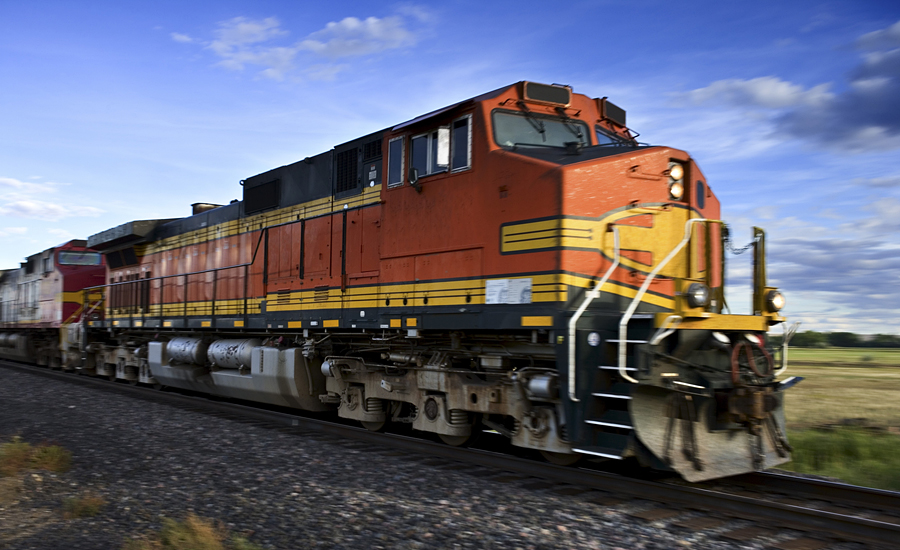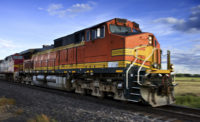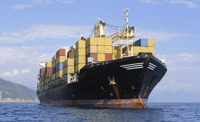The Association of American Railroads (AAR), Washington, D.C., released its second "State of the Industry Report"of 2016, featuring new research from Towson University's Regional Economic Studies Institute (RESI), Towson, Md.
The study finds spending by the seven largest U.S. railroads created $274 billion in economic activity, generated nearly $33 billion in state and federal tax revenues and supported nearly 1.5 million jobs nationally in 2014 alone. This report is said to be the first of its kind to quantify the sweeping impact of investments by Class I railroads with U.S. operations on the overall economy.
"Railroads maintain high paying jobs within its sector and create numerous jobs in related industries that collectively spur significant economic activity," says Dr. Daraius Irani, lead researcher and chief economist at RESI. "Significant capital investments by railroads and the steady presence of a coast-to-coast network that can reliably deliver goods at a cost-effective rate generates a ripple effect seen in this study. Railroad spending means job growth, dollars to communities and global competitiveness."
The AAR adds context to the data in the report with several key points, including:
Spending. $28 billion in investments by freight railroads in 2014 is more than half of all federal spending on transit formula grants, federal highway construction programs and airport improvement programs combined.
Output. $274 billion in output—or goods and services produced—is nearly the GDP of Finland, accordingto International Monetary Fund data. This amount of money could build 24,909 miles of 6-lane urban interstate highway, fund Medicare for nearly 25 million Americans or pay for the 4-year college education of 2.2 million students.
Jobs. One job in the freight rail industry supports nine others touched by the industry, including retail, manufacturing and transportation and warehousing.
Taxes. The rail industry's state and local tax generation is greater than the taxes collectedby 30 individual states in 2014. The nearly $21 billion in federal taxes is nearly three times the amount allocatedfor the National Science Foundation in 2014.
"Railroads provide the foundation that enables the world's top economy to thrive," says Edward Hamberger, president and CEO of AAR. “For manufacturers and consumers, small and large businesses, energy companies and farmers, freight rail is the basic building block that allows a great sweep of economic activity to take place across the country. Without railroads our economy would be vastly different."





